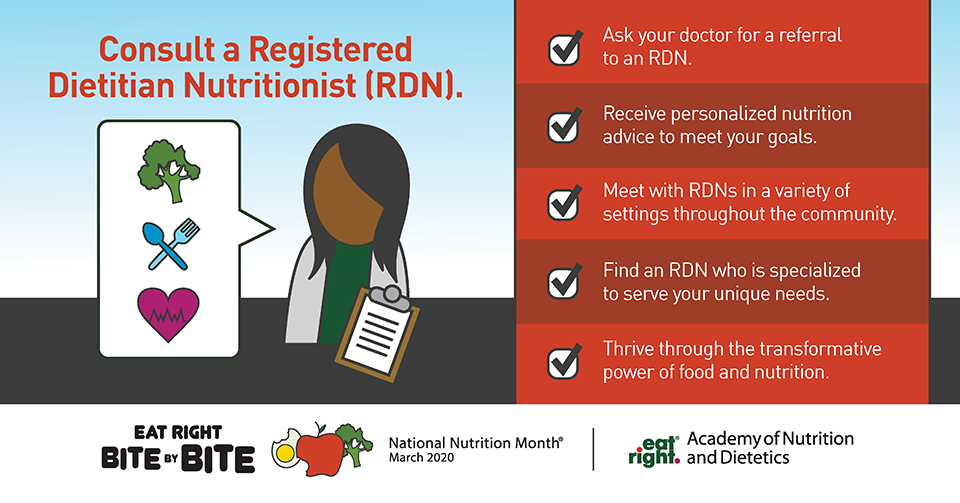East Texas Food Bank, T.L.L. Temple Foundation to deliver emergency food assistance
The T.L.L. Temple Foundation is partnering with the East Texas Food Bank to distribute emergency food assistance boxes from 4-7 p.m. Thursday and next Tuesday at 105 Lofton St.
“East Texas has some of the highest rates of food insecurity in the state,” said Wynn Rosser, foundation president and CEO. “We have large numbers of children, especially, that are food insecure and rely on the meal programs that our schools provide.”
(Read this story from Lufkin Daily News)
